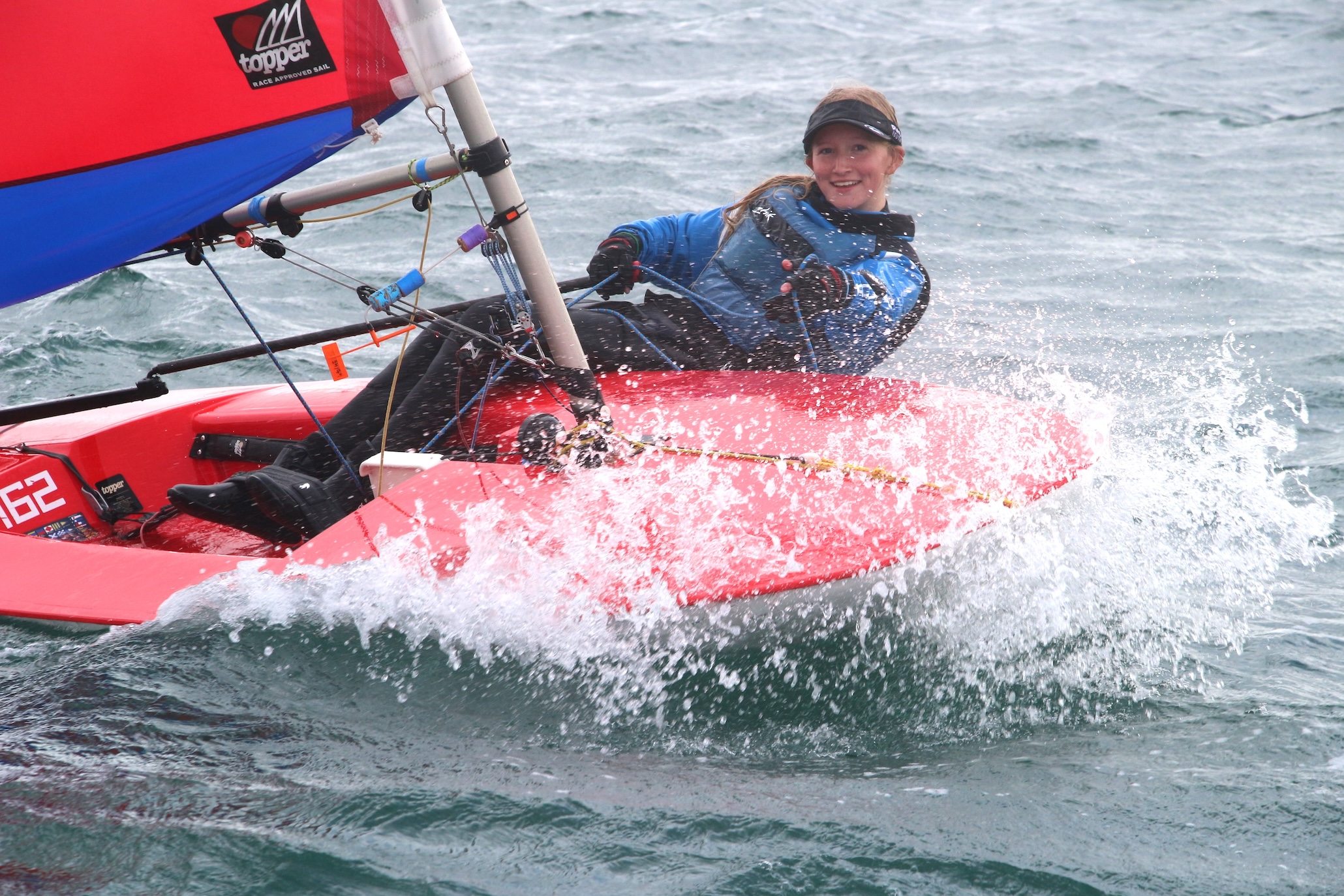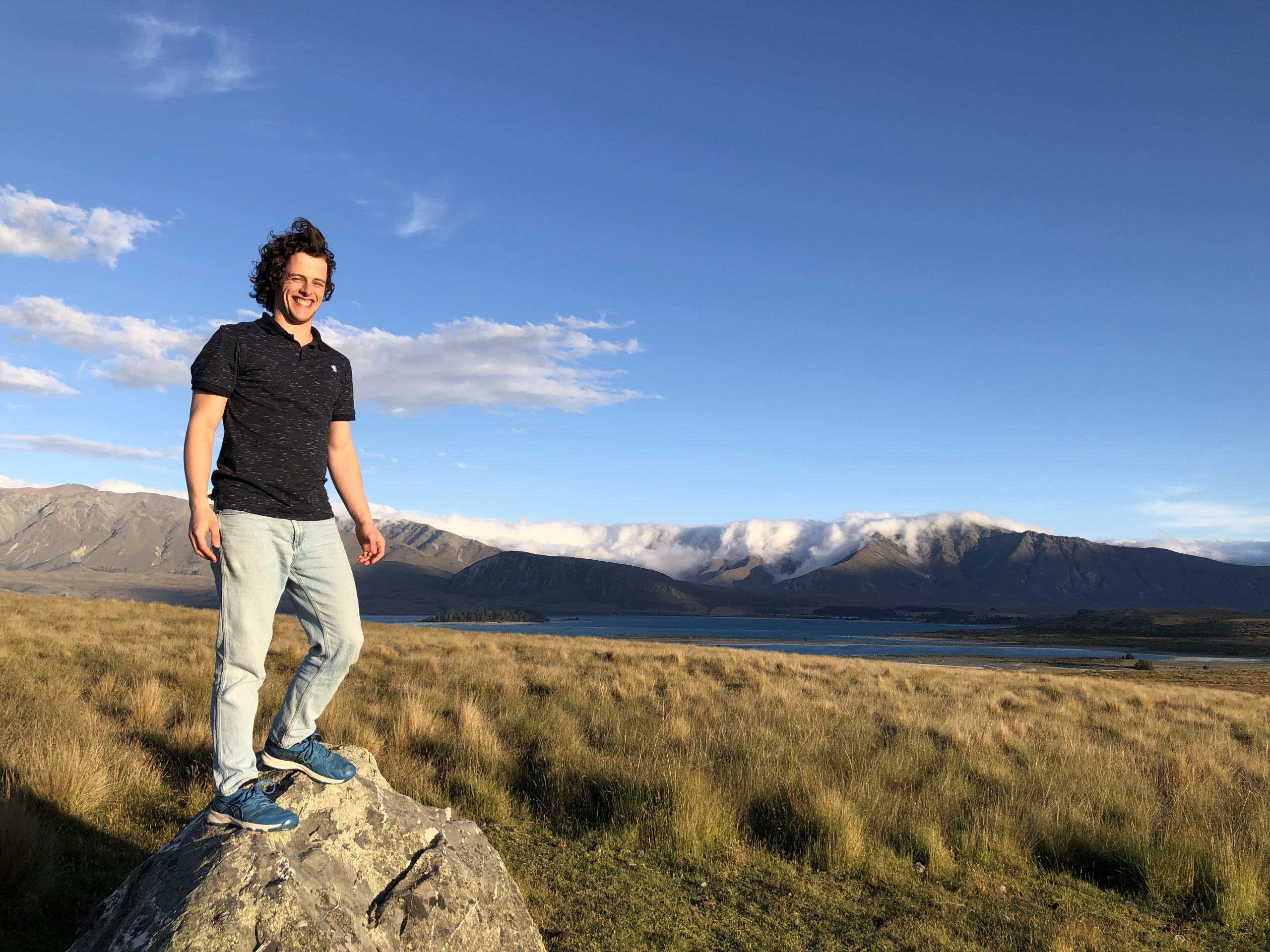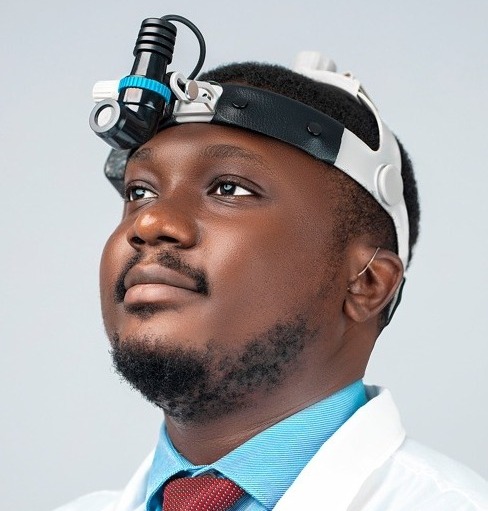
Major UK TV channel without captioning
November 1, 2021
Meet deaf opera singer Joan Tenaglia
November 5, 2021Living with Usher syndrome and hearing loss

Jessica Chaikof was born profoundly deaf and received her first cochlear implant at 15 months old. At the time, she was the youngest child in the U.S. to receive a cochlear implant. She received her second implant at nine years old. When she turned 11 years old, Chaikof was diagnosed with Usher syndrome type 1F.
Despite the diagnosis of Usher syndrome and the challenges that come with it, Chaikof has refused to let anything stop her from pursuing her dreams.
What is Usher Syndrome?
Usher syndrome is a genetic condition that affects hearing, vision, and balance. It is an inheritable recessive disorder, meaning it is passed from the parents to a child. The child must inherit two copies of the gene, one from each parent, according to the NIDCD.
Chaikof’s parents are both carriers of the Usher gene; they have one Usher gene each. A person with an Usher gene does not have the disorder, but is a carrier who has a 50 percent chance of passing the gene to a child. When two carriers with the same Usher gene have a child together, each birth has a:
- One-in-four chance of having a child who does not have Usher syndrome nor is a carrier
- Two-in-four chance of having a child who is a carrier, but does not have Usher syndrome
- One-in-four chance of having a child with Usher syndrome
There are three types of Usher syndrome – Types 1, 2 and 3. Each has different severity and onset of symptoms that affects hearing, vision and balance, according to NIDCD. Usher syndrome affects approximately 1 in 6,000 people and accounts for 50 percent of those persons in the U.S. who are both deaf and blind.
Diagnosis of Usher Syndrome

However, Chaikof did not learn of her diagnosis until several months later as her parents did not want to alarm her. Chaikof’s mom Melissa came to pick her up one night from a summer hangout with her girl scout troop. She noticed the other girls running around and chasing each other while Chaikof was stumbling around with a flashlight. For Chaikof’s safety, her mom decided to tell her about her diagnosis.
Melissa explained that there was something wrong with Chaikof’s eyes. Eventually, she told her, she’d lose her peripheral vision. This is why she wasn’t able to see well at night, she added.
Melissa did not mention the words “Usher syndrome” as she was concerned about her daughter using the internet to look up what it was and feeling overwhelmed. Instead, Chaikof received bits and pieces of information over time, which helped her to accept her diagnosis.
Importance of Hearing Care

Throughout the patient’s life, hearing care remains an important part of managing Usher syndrome. Chaikof has an ongoing and strong relationship with her audiologist. She sees her audiologist about two times a year for cochlear implant mapping. Her audiologist is always able to answer any questions.
Chaikof fondly remembers her audiologist from high school and undergrad. She not only took the time to answer Chaikof’s questions but also treated her as an individual. She always saw Chaikof as more than a patient. Even though her audiologist is retired, she is still a major part of Chaikof’s life in many ways, such as coming to her college graduation party and to her sister’s wedding.
Favorite Hearing Technology
As an experienced cochlear implant wearer, Chaikof has used different cochlear implant technology over the years. Nowadays, her favorite feature is Bluetooth connectivity.
“Having Bluetooth makes it so much easier for me to be able to hear and talk on the phone,” Chaikof says. “Prior to Bluetooth, I was always having to take calls on speaker with the volume on blast. Now, I am able to stream any phone calls or videos directly to my cochlear implants.”
What Chaikof finds exciting is that she can leave her phone at the table, walk about six feet away and still hear on the phone.
Studying Sociology in Graduate School
Chaikof attends American University in Washington D.C., where she’s pursuing a master’s degree in sociology. Her senior undergraduate thesis examined faculty’s understanding of accessibility and the challenges they face in providing accommodations to students with disabilities. The project was not only inspired by Chaikof’s own challenges and struggles as a student with a disability, but also a desire to figure out a way to better support faculty in accommodating students with disabilities. Chaikof presented this research at the 2019 Eastern Sociological Society conference and won best undergraduate research poster for her session.
Through Chaikof’s master’s program, she has had the opportunity to continue doing research in accessibility and disability in higher education. She is now actively collaborating with one of her professors on a research project that examines the every day impact of endometriosis on college students.
Read more: Hearing loss in the classroom: Your rights as a student
Overcoming Hearing Challenges in the Classroom
With hearing loss, hearing in a classroom is a challenging listening environment. Chaikof deals with this by telling her professors about her hearing loss.During group work, her professors allow her and her classmates to work outside the classroom in a different room. In addition, she uses the Roger Pen and MyLink. She passes around the Roger Pen to make sure she can hear what everyone says.
Of course with COVID-19, Chaikof had to make adaptations as the classroom environment changed. Due to the difficulties of getting an in-person CART reporter, she switched to using remote CART. However, it’s not as effective, only capturing about 65-70 percent of the class discussion. Fortunately, Chaikof has an incredible group of classmates and a professor willing to work with her. They repeat anything that she misses or they pass around the Roger Pen.
Ongoing Journey With Usher Syndrome
“One of the major challenges with Usher syndrome is feeling that your ability to be independent is being taken away,” Chaikof says.
“One of the major challenges with Usher syndrome is feeling that your ability to be independent is being taken away.”
Due to Usher syndrome and vision decline, Chaikof is not able to drive, which has been incredibly difficult for her.
“I am not only limited in my options of where to live, but also in seeing friends who live far away,” she says. “I am incredibly fortunate to have friends who are willing to drive out to see me, but more than anything, I wish that I could come and see them.”
Chaikof is in the process of applying to PhD programs. Part of the process is evaluating the location of the program and its access to public transportation. Accessibility is a priority for her.
Chaikof also has difficulties reading small print, such as PDF documents or menus at restaurants. Despite these difficulties, she has strategies to work around them. For example, she has a large printer at home that prints on 11″ by 17″ paper. She places the document in the copier to enlarge it so that it can fit on an 11″ by 17″ paper.
As for being out in public and having a difficult time reading small print, such as on a menu, Chaikof will use her iPhone to take a picture and enlarge it. Her iPhone 12 max pro has been incredibly helpful with making things larger as the camera is so clear.
What Chaikof has learned from all these challenges is that it’s okay to ask for help even though she may not enjoy asking for it.
“It is important to know your limitations but not to let them define you,” she says.
Searching for a Cure
Chaikof wants others who might be going through a similar journey to know not to despair because there’s so much research being done.
With two of their children being affected by Usher Syndrome, Chaikof’s parents took action and founded the nonprofit organization, Usher 1F Collaborative. The organization’s mission is to fund medical research which is looking at effective treatments that can save or restore the vision of individuals with Usher Syndrome type 1F. The organization has created a network of families across the globe.
“We are so lucky to be born and living in this day and age,” Chaikof says. “Technologies and gene therapy provide so much hope that there will be a cure for Usher one day.”



